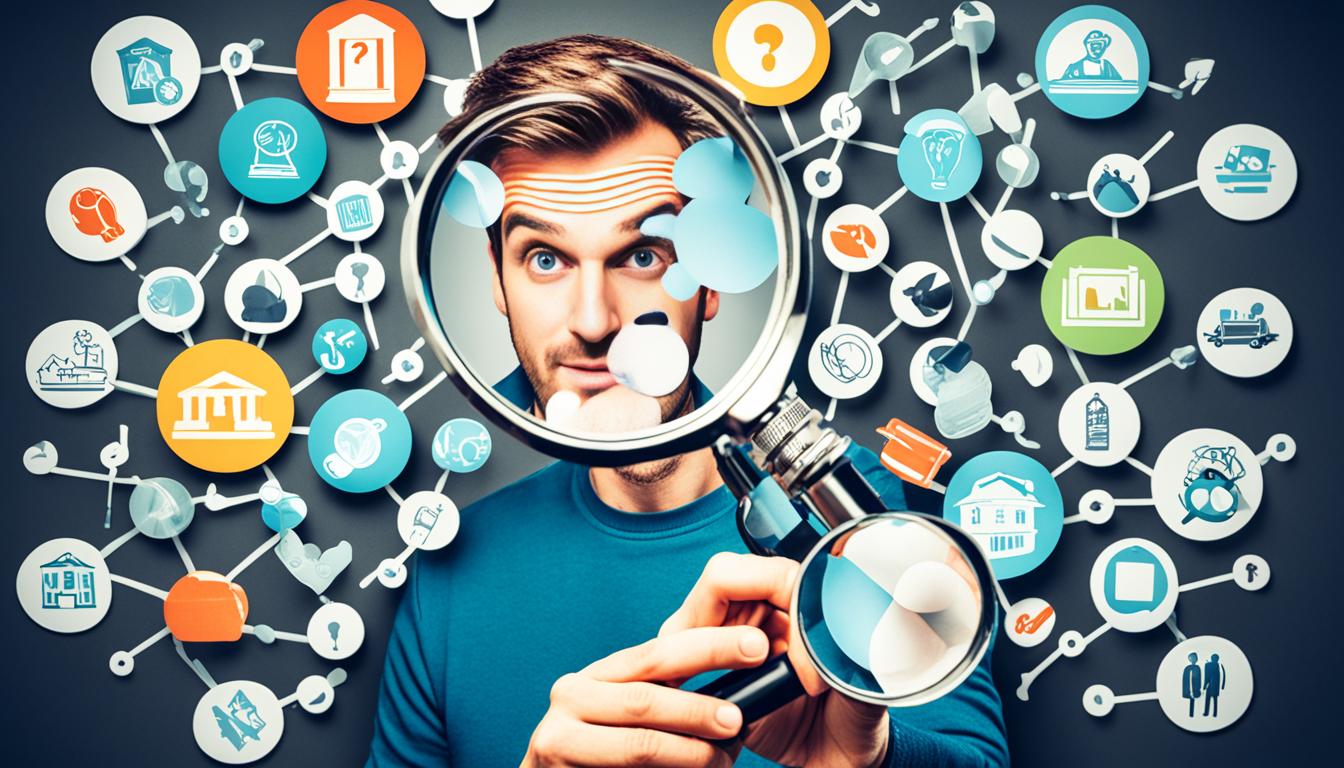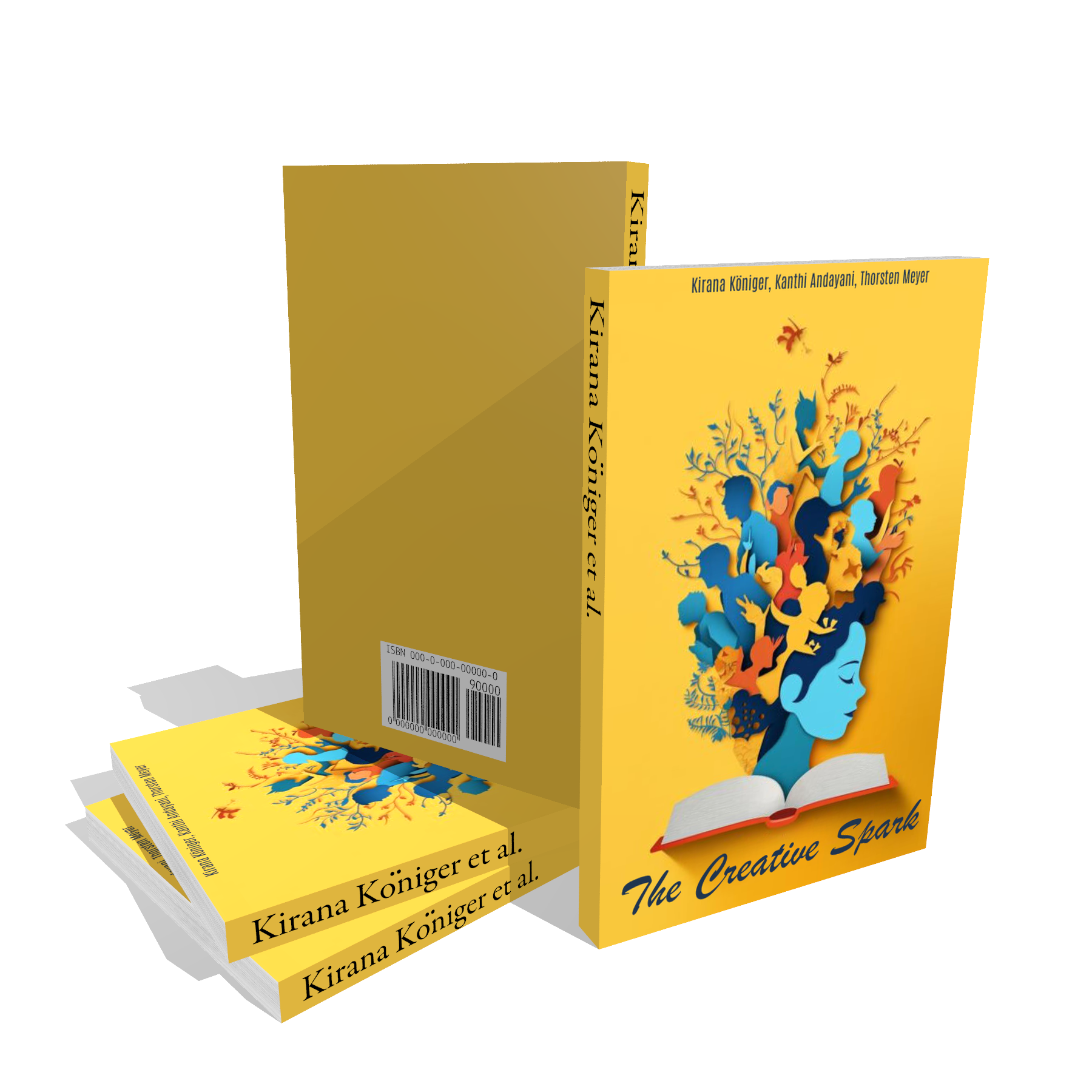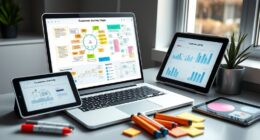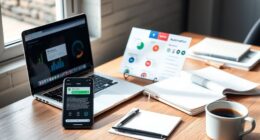To create effective lifecycle email campaigns for acquisition, conversion, and retention, start by segmenting your audience based on behavior and preferences. Personalize your messages for each stage—welcome offers to new prospects, targeted product suggestions for conversions, and re-engagement or loyalty rewards for existing customers. Use A/B testing to refine your approach and adjust segments as customer needs evolve. Keep optimizing your strategies to maximize engagement at every touchpoint, and you’ll uncover more tips along the way.
Key Takeaways
- Segment your audience based on their stage in the customer journey for targeted messaging.
- Craft personalized content tailored to acquisition, conversion, and retention goals.
- Implement A/B testing to optimize subject lines, offers, and timing for each lifecycle stage.
- Continuously update segments and messages based on customer behavior and campaign performance.
- Use automation to deliver timely, relevant emails that nurture relationships at every stage.

Lifecycle email campaigns are a powerful way to nurture relationships with your customers at every stage of their journey. By tailoring your messaging to meet their specific needs and behaviors, you increase engagement, foster loyalty, and drive conversions. To do this effectively, you need a solid understanding of customer segmentation. Segmenting your audience allows you to send targeted content that resonates with different groups, whether they’re new prospects, active buyers, or long-term loyal customers. For example, you might create segments based on purchase history, browsing behavior, or engagement levels. When you personalize your emails through segmentation, your messages become more relevant, which boosts open rates and click-through rates.
But knowing your segments isn’t enough. To truly optimize your lifecycle campaigns, you should leverage A/B testing. This involves running controlled experiments by sending different versions of your emails to small groups within each segment. You can test various elements, such as subject lines, call-to-action buttons, images, or even the timing of your sends. The goal is to identify what resonates best with each segment, so you can refine your approach and deliver more effective messages over time. A/B testing helps you eliminate guesswork, making your campaigns smarter and more data-driven. For example, you might discover that a concise, action-oriented subject line outperforms a more descriptive one for new subscribers, or that a particular color scheme increases click-through rates.
As you design your lifecycle campaigns, keep in mind that customer behavior evolves, so continuous testing and segmentation adjustments are essential. For acquisition, focus on crafting compelling welcome emails, offering incentives, or sharing social proof to encourage sign-ups. During the conversion phase, use personalized product recommendations and limited-time offers to nudge prospects toward making a purchase. For retention, your goal shifts to maintaining engagement; send personalized re-engagement emails, loyalty rewards, or exclusive updates. By applying customer segmentation, you ensure each message is relevant, and through A/B testing, you refine your strategies for maximum impact. Additionally, understanding content marketing can help you develop valuable and engaging content that supports your email campaigns and builds trust with your audience.
Frequently Asked Questions
How Do I Segment Audiences for Each Lifecycle Stage?
You should start by analyzing behavior segmentation and demographic targeting to effectively segment audiences at each lifecycle stage. For acquisition, focus on new visitors’ behavior and demographics to attract potential customers. For conversion, target users showing intent with tailored messages. Retain existing customers by tracking purchase history and engagement. Use these insights to create personalized, relevant email campaigns that resonate with each segment, encouraging ongoing engagement and loyalty.
What Metrics Best Measure Email Campaign Success?
Think of your email campaign’s success as a compass guiding you to your goal. You measure it with open rates, click-through rates, and conversions—your true North stars. A/B testing strategies help refine your messages, while email deliverability rates show if your emails reach inboxes. Keep tracking these metrics consistently, and you’ll navigate your campaigns toward higher engagement and better ROI.
How Often Should I Send Emails During Each Lifecycle Phase?
You should tailor your email frequency to each lifecycle phase to maximize customer engagement. During acquisition, send emails 2-3 times a week to build interest without overwhelming. For conversion, 1-2 emails per week maintain momentum and encourage action. In retention, a monthly or bi-weekly schedule keeps customers engaged without causing fatigue. Adjust based on customer responses, always aiming for an ideal email frequency that fosters ongoing engagement.
What Tools Are Recommended for Automating Lifecycle Campaigns?
Think of automation tools like a trusty GPS guiding you through your campaign journey. Platforms like Mailchimp, HubSpot, and Klaviyo are ideal, offering automation features for lifecycle emails. Use A/B testing within these tools to optimize subject lines and content, ensuring high deliverability rates by following best practices. These tools help you personalize messages, trigger timely follow-ups, and keep your audience engaged throughout every stage.
How Can I Personalize Content for Different Customer Segments?
You can personalize content for different customer segments by using dynamic content and behavioral targeting. Dynamic content allows you to tailor email sections based on customer data, while behavioral targeting helps you send relevant messages based on actions like browsing or purchase history. By combining these strategies, you create more engaging, personalized experiences that resonate with each segment, increasing the chances of conversion and retention.
Conclusion
Think of your lifecycle email campaigns as guiding a ship through calm and stormy waters alike. By nurturing prospects from the first spark of interest to loyal customers, you become the steady lighthouse in their journey. When you craft targeted messages for acquisition, conversion, and retention, you illuminate the path forward, ensuring they reach their destination with confidence. Keep steering with purpose, and your audience will always find their way back to your harbor.








